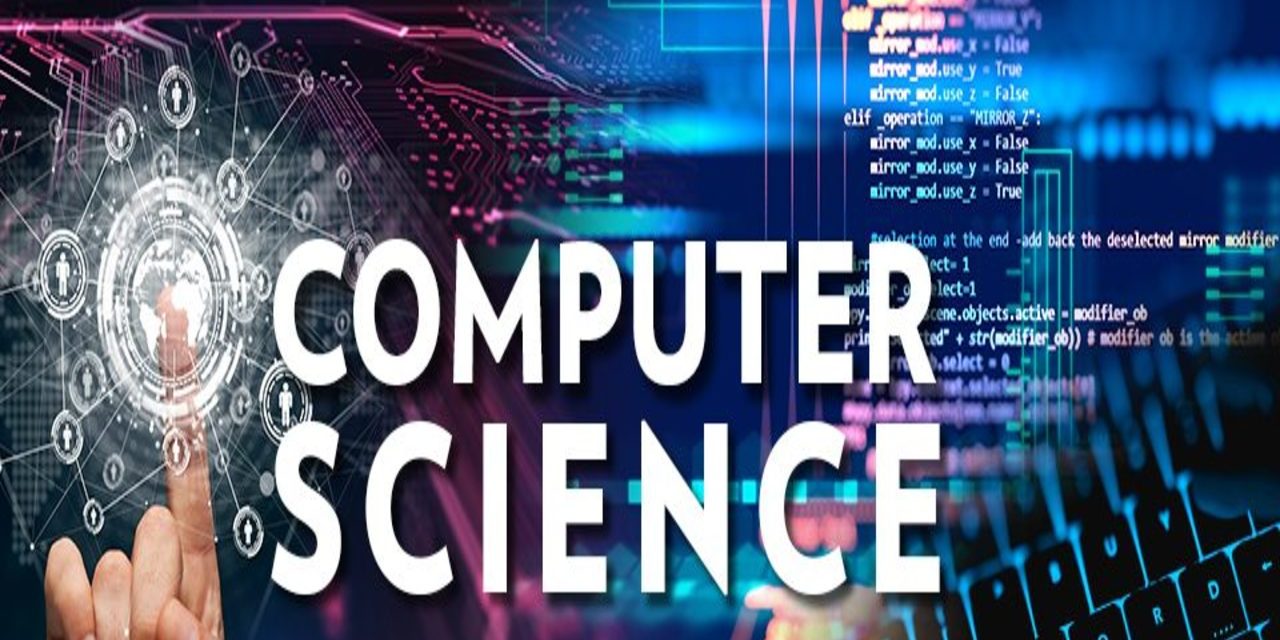Back to: Computer Science Course GCE A Level Cameroon
Comparison/Differences between LCD and CRT – Output devices topic GCE A level.
Comparison between LCD and CRT
- Size: An LCD is lightweight and compact, which saves desktop space as compared to a CRT.
- Resolution: An LCD is designed to work in a single resolution, while CRT is designed for many resolutions.
- Pixel Density: Pixel density of LCD is generally not as tight as the dot pitch in CRT, but for most applications, the density is acceptable.
- Brightness: The illuminated phosphor of a CRT is not nearly as bright as what the LCD can produce with its florescent backlight.
- Power Consumption: An LCD consumes significantly less power than CRT and has a low emission risk. Typically, the LCD consumes approximately half of the power of a typical CRT.
- Cost: Prices for LCD screens are quite high but they are coming down. They are still much more expensive than a CRT.
- Viewing Angle: A CRT can be viewed at almost any angle, but an LCD is best viewed ‘head on’.
- Viewing Area: The frame around the glass screen of the monitor causes the viewable area of the screen to be smaller than an LCD.
- Weight: A CRT monitor can weigh 40 pounds or more depending on the size of the monitor.
II.5.3 Other Types of Monitors
Although CRT and LCD displays are the most commonly used, other kinds of displays also exist. Some of them are as follows:
Plasma Display: A plasma display (also known as thin-panel) is constructed by filling a gas (neon or xenon) between the two glass plates. One glass plate consists of vertical conductors and the other consists of horizontal conductors. The advantage of plasma display is that it has the capability of producing more than 16 million colors and is lighter and less bulky than CRT. However, it is heavier than LCD display and requires more power.
Thin-film Electroluminescent Display: This display is similar to the plasma display except the fact that the space between the glass plates is filled with phosphorescent substance (usually zinc sulfide doped with manganese) instead of gas. The main problem with thin -film electroluminescent displays is that they require more power.
II.6. Projectors
Projector is an output device, which is used to project information from a computer onto a large screen, so that it can be simultaneously viewed by a large group of people. Projection display is commonly used for classroom training or conference room or for multimedia presentations with a large audience. Like monitors, projectors provide a temporary, soft copy output.
II.7 Electronic Whiteboard
Electronic whiteboard is an interactive presentation device that works electronically to display digital images, drawings and text in different colors. The whiteboard is generally mounted on the wall and is connected to a computer (through USB, serial port or wireless technology like Bluetooth) and a projector. The projector projects the computer desktop on the whiteboard and the user can interact with it using electromagnetic pens, fingers or other pointing devices. The electromagnetic pens can be configured to any color or width. A user can activate programs, applications and menus, as well as can enter text using either onscreen keyboard or handwriting recognition utility. kamerpower.com
An interactive electronic whiteboard can be classified into one of the following categories:
- Touch-based Whiteboard: A touch-based whiteboard allows the user to use their fingers or other pointing devices to interact with it.
- Pen-based Whiteboard: A pen-based whiteboard mainly uses an electromagnetic pen that alters electrical signals produced by the board and does not require batteries or power source for its operation.
- Wii Remote, IR Pen-based Whiteboard: A Wii Remote, infrared (IR) pen-based whiteboard works on sound electronic and optical principles. It uses Wii remote control with an IR
camera placed in front of the remote control to track dots of an infrared light, which is created by an IR pen.
II.8 Headphones and Headsets
Headphone is an audio device equipped with a pair of speakers, which are attached to a headstrap worn by the users. The headphones allow the users to listen only; however, some applications like live chats, videoconferencing and telecalling services demand the user to speak also at the same time. For such applications, headset is used instead of headphone. A headset is a combination of one or two speakers and a microphone with both the speaker and the microphone attached to a headstrap. The speaker(s) allows the person to hear the conversation and the microphone allows to communicate with the person on the other end.

